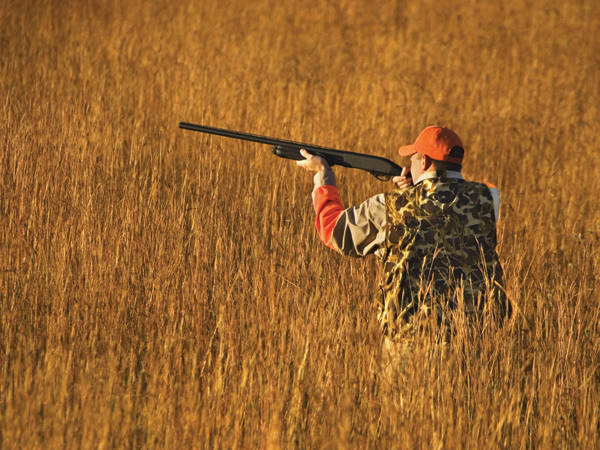- La Feria Community Holds Succesful Business Mixer Event
- Little Nashville to Take Place in Downtown Mercedes
- Lions Basketball Captures District Gold
- La Feria ISD Students Compete in Regional Chess Tournament
- Lions End First Half of 32-4A on a High Note
- La Feria ISD Held Another Successful Parent Conference
- Strong Appearance for Lions at Hidalgo Power Meet
- LFECHS Students Get to Meet Local Actress
- Students Participate in Marine Biology Camp
- Two LFECHS Students Qualify for All-State Band
Report Shows Hunting Remains Safe Outdoor Activity
- Updated: May 13, 2013

AUSTIN, Texas — Hunting accidents and fatalities in Texas continued their long-term decline in 2012, still below three accidents per 100,000 hunters in recent years.
Last year, there were 25 reported hunting related accidents, five of which were fatalities. Although any fatality is tragic, Texas accident numbers are small compared to the number of hunters with 1,155,542 hunting licenses issued in 2012.
The National Shooting Sports Foundation, the trade association for the firearms industry, has compiled data on accident rates among 28 recreational pursuits that shows hunting ranks third in safety behind only camping and billiards.
“The statistics show hunting is safe and getting safer in Texas,” said Robert Ramirez, hunter education program manager for the Texas Parks and Wildlife Department. “And we do believe that is directly related to hunter education.”
The state’s worst year on record for hunting accidents was 1968, when 105 accidents were reported, including 37 fatalities. That equates to about 12 accidents per 100,000 hunters.
Prior to mandatory hunter education requirements in the fall of 1988, Texas reported 7.5 hunting accidents per 100,000 hunting licenses issued. Since then, Texas has averaged 2.95 accidents per 100,000 licenses issued.
“We’re still on a trend that is taking us downward,” Ramirez said. “Whether we bump it up next year or not, the 10-year trend is what I look at, and it’s coming down. Mandatory hunter education is really having an impact.”
The class is mandatory for every hunter, including foreign and out-of-state hunters, born after September 1, 1971. The minimum age of certification is 9 years. In 2012, volunteer hunter education instructors certified more than 45,000 hunters across the state.
Ramirez said even hunters who are not required to take the education course are more aware of basic safety principles than before.
“It’s things like the ‘10 Commandments of Shooting Safety,’ the very basic safety principles that are promoted a whole lot more now than 30 or even 20 years ago,” he said. “Highlighting the accidents is an education in and of itself.”
The five hunting fatalities of 2012 included two incidents involving careless handling of a firearm near a vehicle, and three where the shooters did not follow basic rules of firearms safety.
According to Ramirez, these accidents were preventable if the hunters had only followed some very basic safety principles like those taught in the hunter education courses.
“You know you’re not going to stop accidents altogether,” he said. “But you’re going to help people build knowledge and skills to avoid accidents.”
The full report for 2012 is available on the TPWD web site.


